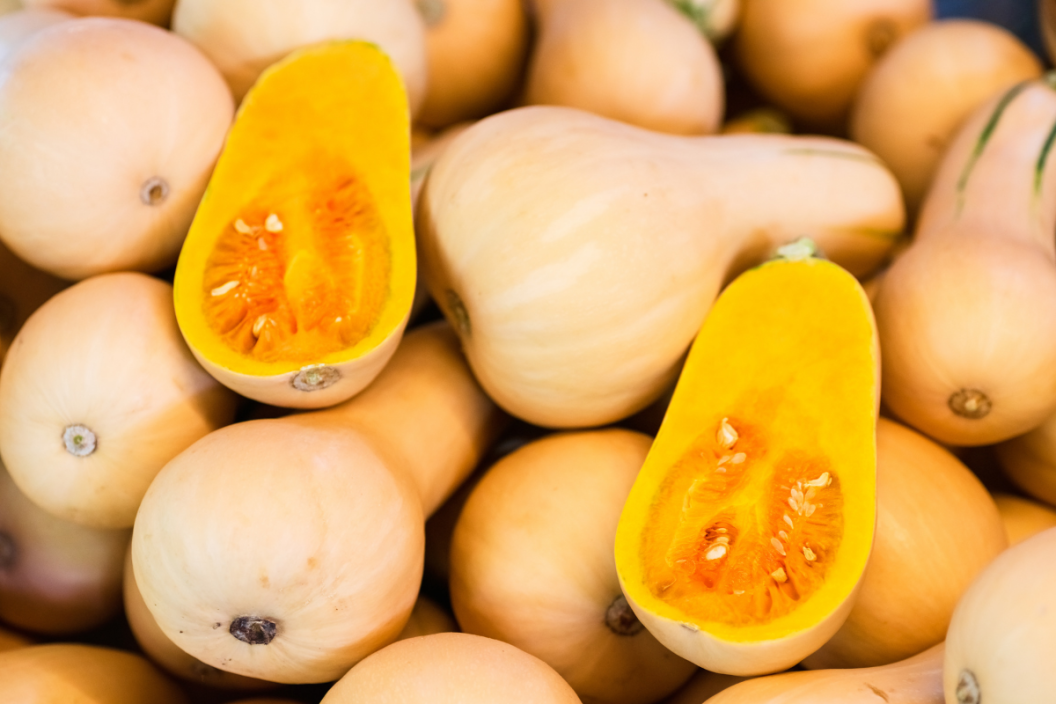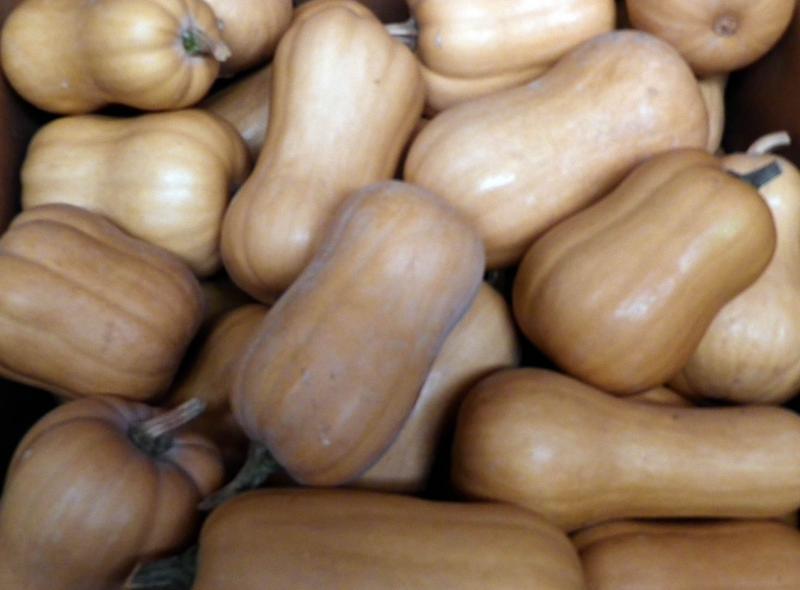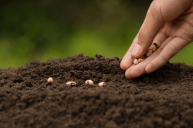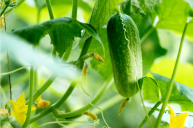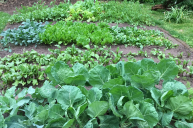Cucurbita moschata is under attack. Cucubita moschata is also the future. This species includes many squash varieties you're familiar with, even if you don't immediately recognize the name—South Anna butternut squash, acorn, and Seminole pumpkin among them. Native to the Americas, c. moschata and other cucurbits such as melons, cucumbers, and gourds have long been staple crops in the American South. But in an age where seed saving is relegated to hobbyists and retirees, almost all of these seeds are bred and purchased from other locales.
Videos by Wide Open Country
Not all seeds are created equally—nor should they be. That means, even when buying seeds of the highest quality, they have typically been bred under unknown, alien circumstances. A seed that proliferates under the stresses of a New England growing season will not seamlessly adapt to the conditions of the southeast. A seed that promised disease resistance 75 years ago will not encounter the disease strains they were originally bred against.
When Edmund Frost lost a crop of butternut squash to downy mildew in 2010, he was at a loss. "I would get 'resistant varieties,' but they didn't have any resistance." The farmer, researcher, and anti-GMO activist has committed the last 10 years to investigating the problems and possibilities of breeding organic seeds that are specifically adapted to the climatic conditions of the American South.
South Anna Butternut Squash and Disease Resistance
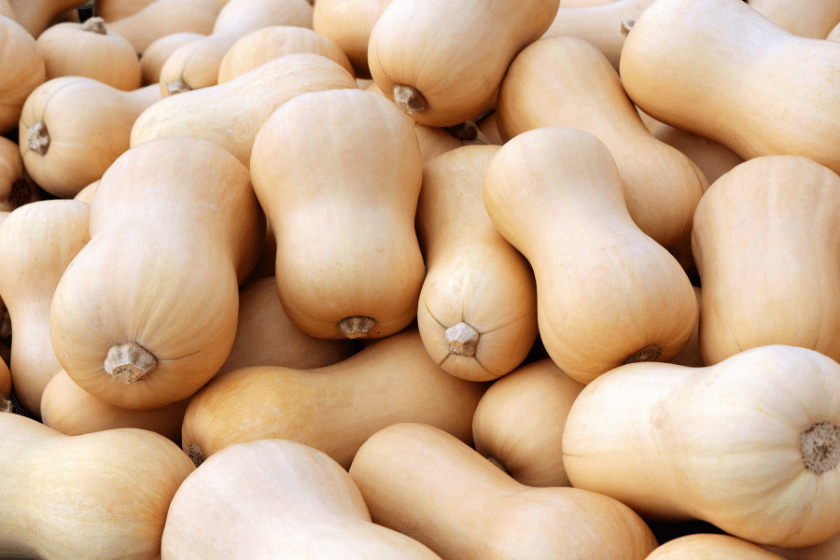
Although Frost grew up in urban Washington D.C., he was drawn to farming from an early age. New Morning Farm, out of Pennsylvania, drove a farm truck through his neighborhood every weekend, and soon, Frost was spending Saturdays at the farm as an adolescent. After graduating high school, Frost began to travel widely across the United States, where he "learned out how land felt in different places."
Frost began to work in different farms in different regions—on a family-run orchard in Michigan, the now-shuttered Food Bank Farm in Massachusetts—expanding his place-based agricultural knowledge as he went. When he continued his work on different farms, moving down the East Coast with each jump, he began to understand the possibilities of seeds that rely on open pollination, as well as the expansiveness of the problems facing farmers in the southeast.
Purchase Seeds From Southern Exposure
One of the biggest problems he found was downy mildew, a parasitic mold that routinely attacks and kills cucurbits in warm, humid locales. In 2009, Frost's second year working specifically in seed production, a particularly wet summer enabled the white fuzz to wreak havoc on his crop. He began to experiment with different seeds, purported by breeders to be resistant to such infections. But as they grew, they provided no more downy mildew resistance than the previous seasons. Frost was flummoxed—but he also saw an opportunity.
"You call the university extension and they don't know anything about it," Frost said. "I stumbled on this huge problem that it seemed like no one was trying to address."
In 2014, Frost received a grant from the USDA's Sustainable Agriculture Research and Education (SARE) program, which allowed him to begin seed trials on 120 different types of cucumbers, winter squash, and melons. While disease and pest resistance is central to Frost's work, he's also keen to create seeds that have excellent eating quality, keeping quality, and are the size and texture that modern American consumers have grown accustomed to. This work led to Frost founding his own farm, Commonwealth Seed Growers, with the intention of creating and distributing regionally-adapted, open-pollinated seeds.
This research also led to new understandings about the seeds he had previously worked with: In the current state of agriculture, even outside of the shadows of commodity crops, even non-GMO, organic, heirloom seeds may not be the salve they've promised to be. As Frost explained,
"We ended up with a situation in the southeast where we're only getting our seeds from other regions, and we don't have research about how they perform. We don't have varieties that are being selected for our environment."
In other words, seed production—no matter the quality—is divorced from the region where Frost farms, with nothing adapted to the specific growing conditions of the southeast. This isn't exclusively in relation to big agriculture: Research has shown that the downy mildew pressures of the southeast have radically intensified over the last twenty years, another agricultural symptom of a rapidly changing climate. Exact strains of mildew change and transform from year to year, and "resistant butternuts" bred in the 1950s had lost their resistant qualities by the mid-aughts.
The Success of the South Anna Butternut Squash
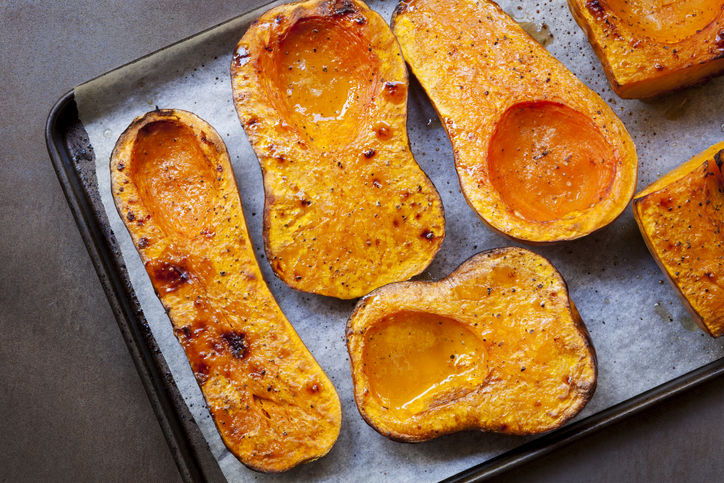
Getty Images
Frost's greatest success so far has been the South Anna Butternut Squash. While first struggling with the realities of downy mildew in Virginia in 2009 and 2010, Frost realized one squash, the Seminole pumpkin, appeared to be immune from the fuzz ravaging his other crops. (Seminole pumpkins are a favorite of local growers because of their resistance; however, their large seed cavity can often leave home cooks flummoxed.) With this in mind, he decided to breed the pumpkin with a Waltham butternut, a well-loved squash.
Frost is quick to emphasize the ever-evolving nature of his work, and the critical role that consumer feedback plays in his process.
"As a small seed company, we have opportunities to work on things that are experimental or that are traditionally thought of as 'unfinished,'" he said. "We can bring people in on the process, and get feedback on things we're still in the process of developing. And help educate people about what the process is."
As such, new cultivars are on the horizon. The Butternut 200 is a squash developed from the seeds of the South Anna. As Frost told me, the name is a nod to the fact that it's still a work-in-progress, but one he's excited about. With a smaller size and smoother texture than the South Anna, Frost believes that farmers and customers alike will be excited by the addition.
"It is very flavorful," Frost promised.
